As the most valuable marketing collateral you have, your home description affects how well you’ll capture the imagination of buyers and how many will come to view.
Successful property listings aren’t just a list of rooms and features. They tell the story of your home, and the way your agent crafts your marketing can make all the difference between sold and stuck.
It’s imperative to get things right, so we’ve created this guide to the five essential elements that optimise your home description for maximum market impact:
- A profile of your home
- The best of your neighbourhood
- Clear and relatable language
- Images that inspire action
- Legal material information
How do all these factors combine to create a truly compelling offer? Well, let’s break down the blueprint to building your home description, so you can turn browsers into viewers, and then into buyers.
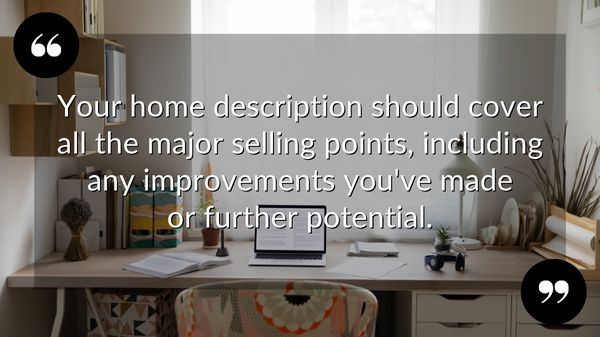
A PROFILE OF YOUR HOME
Home hunting is a lot like matchmaking, and when a buyer clicks on your profile, they look for reasons to rule your home in, or out.
The stakes are high, so work with your agent to fill the final edit with all the finest features, including:
- When your home was built, its architectural style, and the perfect target market for complete clarity over who you want to attract.
- A detailed floor plan: Include individual room dimensions and the overall size of your home, with measurements in feet and metres.
- Major selling points: Cover the interior arrangement to the outdoor space, and mention any improvements you've made or further potential.
- Character highlights: Whether it's original floorboards and fireplaces, contemporary design elements, a unique setting, or an expansive view.
- Magic moments: From family mealtimes around a giant dining table, to a cosy reading corner looking out to the garden - what memories can your buyer make?
As you can see, your home description is much more than a passive inventory of rooms; it’s an active introduction to all of its qualities, from nuts and bolts to domestic bliss.
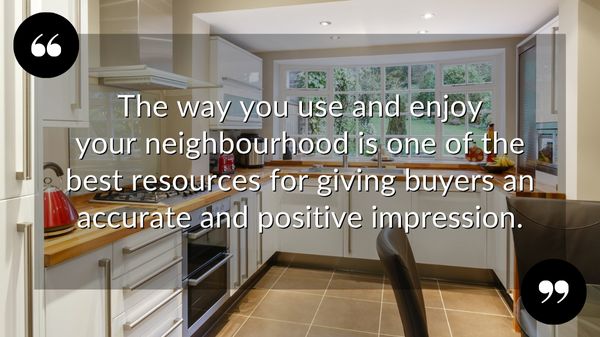
THE BEST OF YOUR NEIGHBOURHOOD
Whether you live in a sleepy village, a bustling town, or surrounded by fields, your home description has the power to create a realistic and enthusiastic sense of place to inspire a buyer.
Every location has its plus points, so think about how you and your agent can:
- Paint a picture of local life by naming your favourite cafes, bars and shops for an extra personal touch, and mention any noteworthy residents associations or community events.
- Add in key amenities and their proximity, from supermarkets and schools, to libraries, swimming pools, sports clubs, gyms, health studios and parks.
- List your nearby transport connections with journey times to major hubs, and the ease of access to major roads and motorways.
- Include any upcoming regeneration or infrastructure projects along with the benefits they’ll bring to your home.
Remember: your estate agent’s job is to be informative and enticing, and the way you use and enjoy your neighbourhood is one of the best resources for giving an accurate and positive impression.
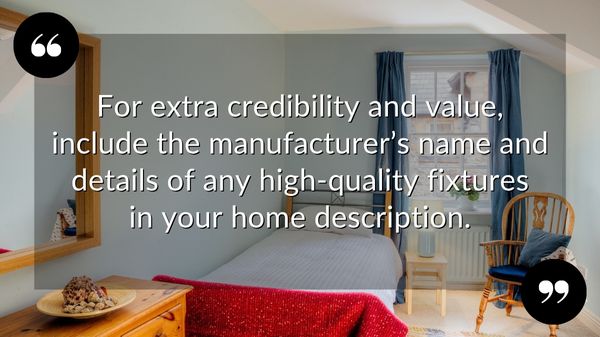
CLEAR AND RELATABLE LANGUAGE
Nobody expects your home description to be Shakespeare, but it can absolutely be an enjoyable and compelling read that's grounded in fact and avoids exaggeration or flowery fluff.
When it comes to language, try these simple guidelines for highly readable text that really connects with potential buyers:
- Write like a human. When you read your home description, does it sound like someone is talking to you? If it sounds a bit impersonal or grandiose, find some words that feel more engaging.
- For extra credibility and value, include the manufacturer’s name and details of any high-quality fixtures, from kitchen appliances and bathroom fittings to flooring, tiles, wallpaper and paint.
- The same goes for any permanent plants in your outdoor space - peppering your description with the names of flowers, shrubs, and trees can really evoke a cherished garden or terrace.
- Ask your agent to avoid tired industry phrases like “viewing highly recommended” or “must be seen”, which can feel lazy or salesy – as if any estate agent wouldn't recommend a viewing!
Agents have all sorts of tools at their disposal now, from online thesauruses and spell checks to AI assistants for a faster creative process and alternative angles. There's no excuse for boring text!

IMAGES THAT INSPIRE ACTION
Without any shadow of a doubt, if the photographs of your home aren’t up to scratch, there’s next to zero chance that a buyer will read your description or ask for a viewing.
- Photograph every room, and mix straight-on shots with offset angles to avoid them all looking the same - look at interiors magazines for inspiration on different perspectives.
- Style your rooms to sell. Clear the clutter; polish glass and metal; plump up cushions; open blinds and curtains evenly; make the beds in a hotel style; fold or neatly hang towels and robes.
- Ensure that any major selling points in your description are shown in your images, and capture a selection of close-up detail shots to highlight any standout character or beautiful craftsmanship.
For lots more tips on a successful photoshoot, take a look at our blog on professional photography to get the words and pictures in your home description working in perfect harmony.
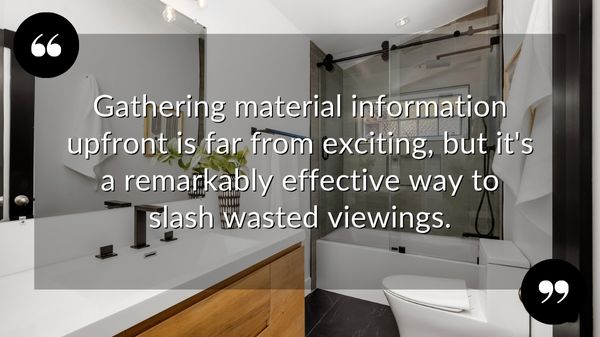
LEGAL MATERIAL INFORMATION
One of the least interesting but most important details to supply in your home description is material information that could influence a buyer’s decision to book a viewing or make an offer.
As part of the Digital Markets, Competition and Consumers Act 2024, all property listings must now include the following information at the point they go live:
- A numerical asking price, rather than any variant of Price On Application.
- The Council Tax band, Energy Performance Certificate (EPC), and tenure (freehold or leasehold). For leasehold, state the unexpired lease length, ground rent and service charges.
- Details of any known issues or limitations, such as covenants, conservation areas or even nearby planning permissions that could affect the area, including impeding access during works.
- Information on the construction method, structural modifications, utility supplies, type of heating, mobile phone and broadband coverage, drainage connections, and any flood risks.
We’ll readily admit that gathering this information upfront is far from exciting! However, it is a remarkably effective way to slash wasted viewings, which makes the time it takes very well spent.
Are you getting ready to sell?
We know all too well that your home is more than just bricks and mortar. It’s a whole chapter of your life, and we’re here to show buyers the memories you’ve made and how they can create their own.
We’d love to help you sell, so call us on 01722 580059 or message us at info@piccoloproperty.co.uk for a friendly chat with our team, and let’s create your home description to make your move a smooth and swift success.

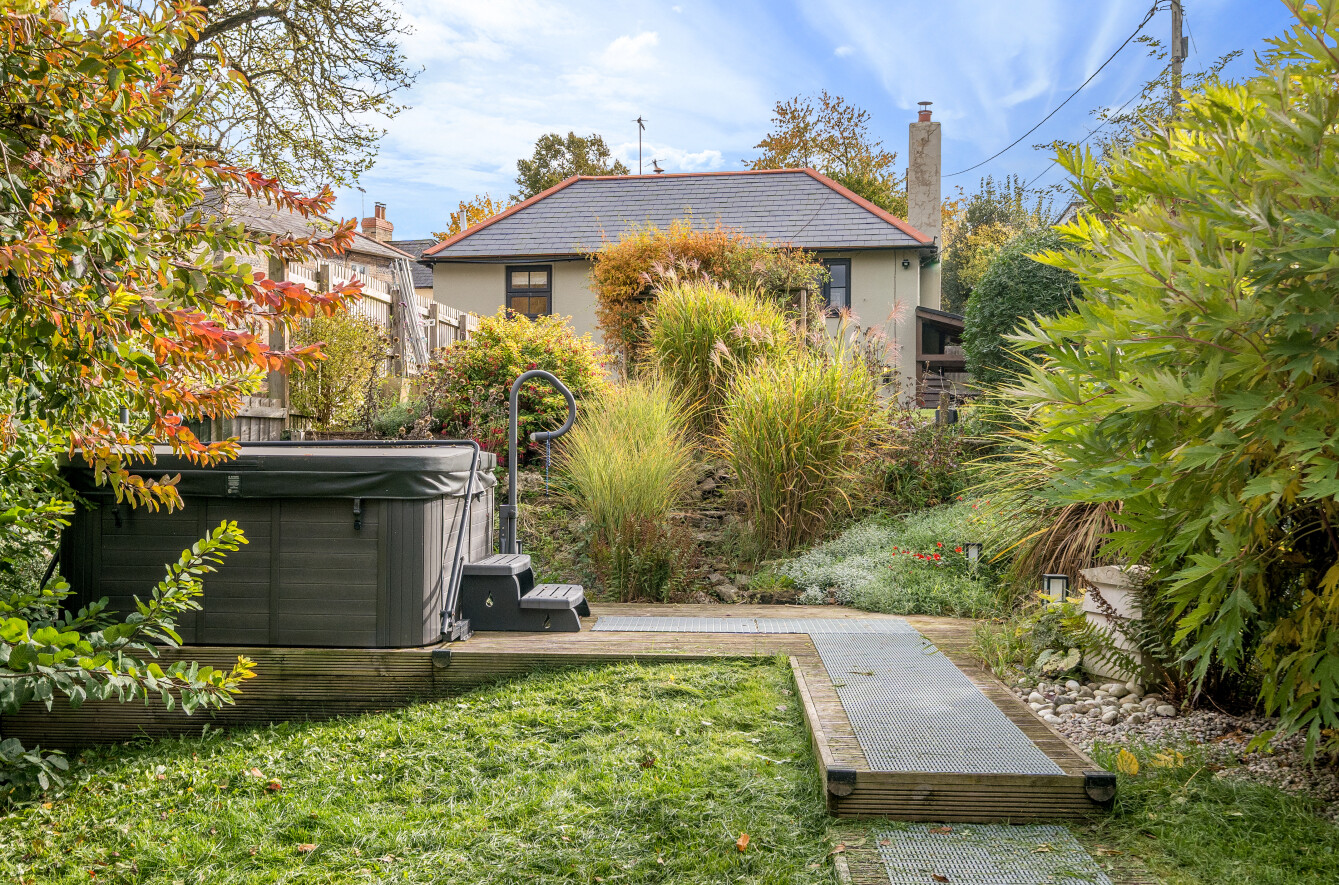

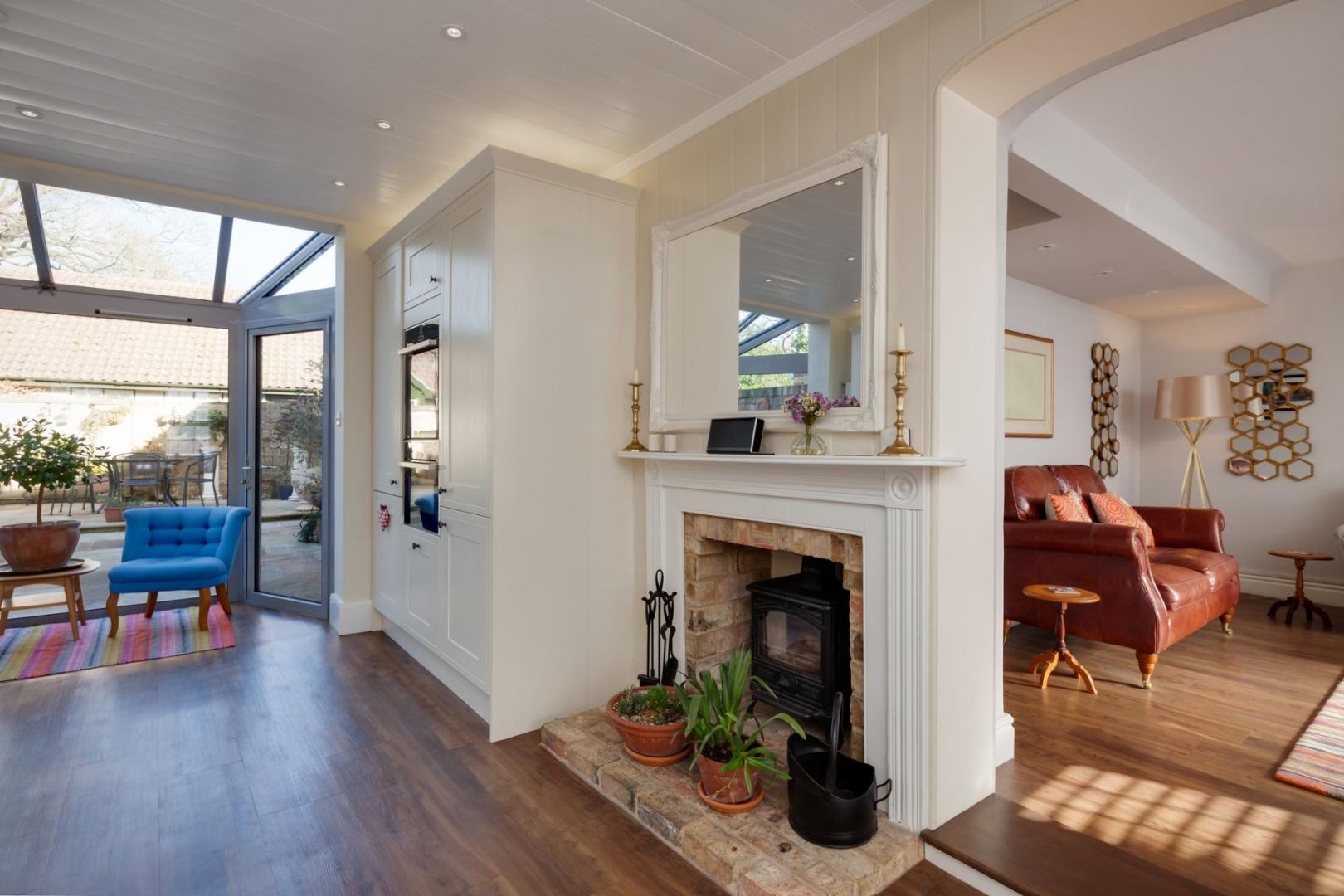


Share this with
Email
Facebook
Messenger
Twitter
Pinterest
LinkedIn
Copy this link